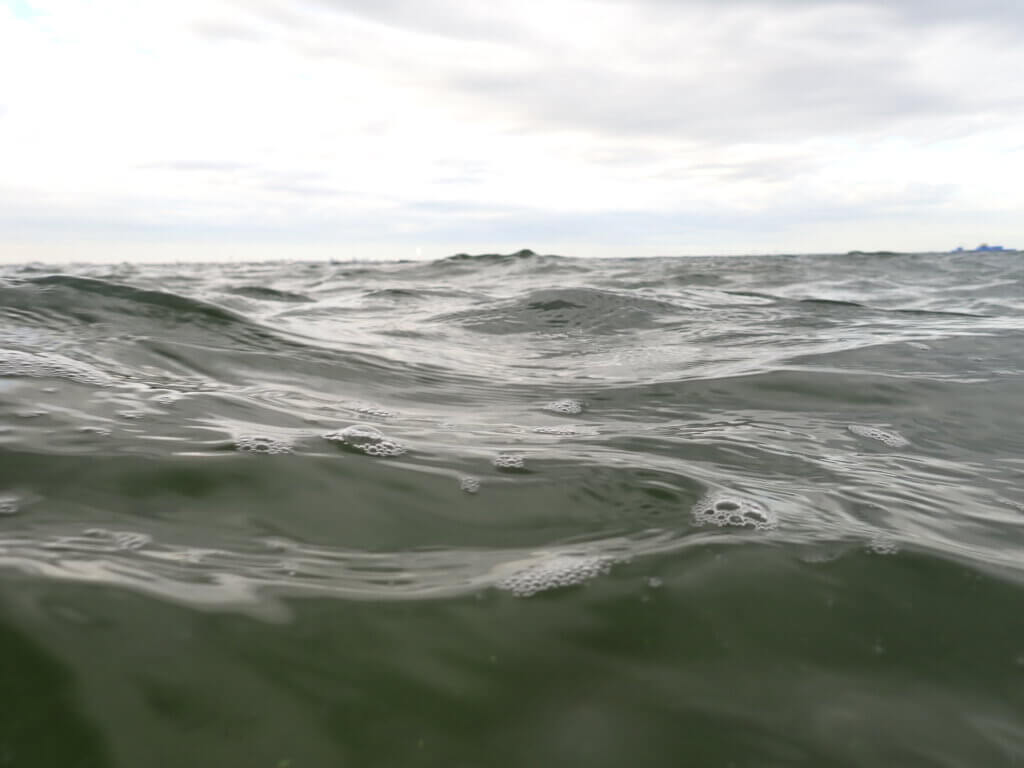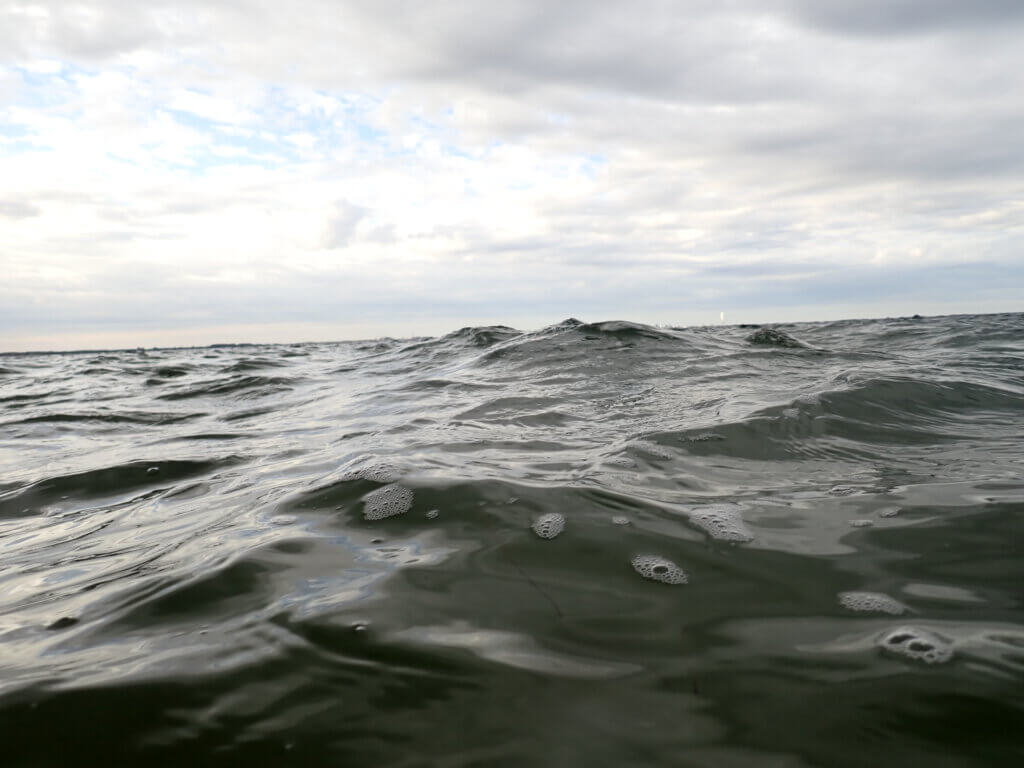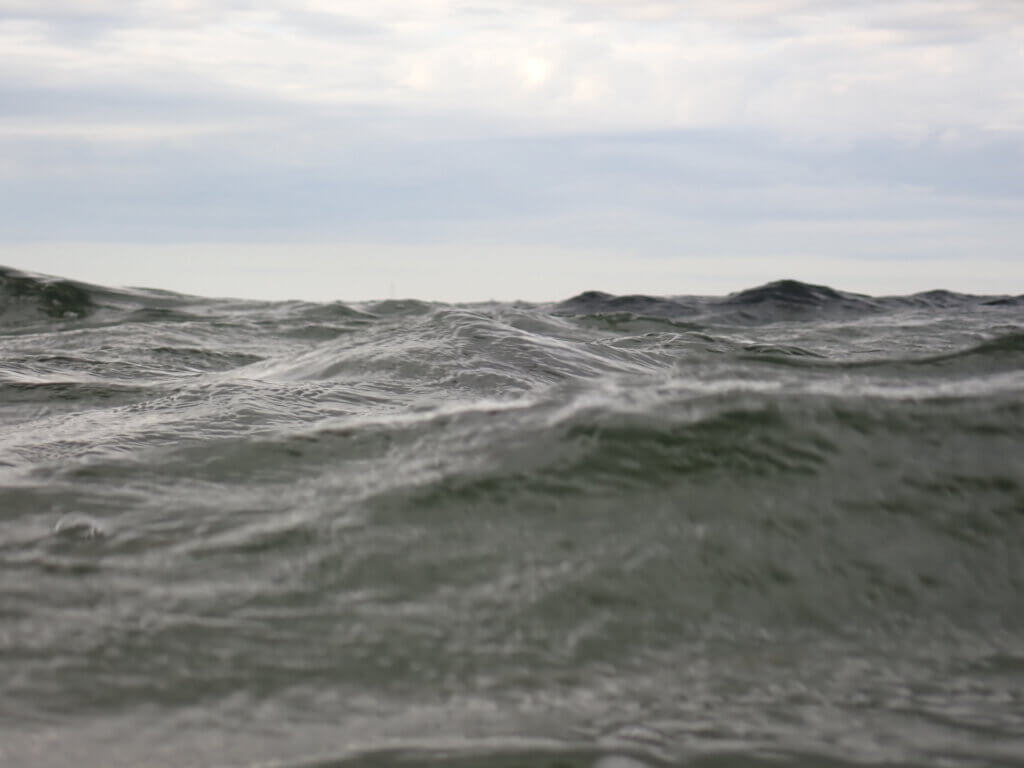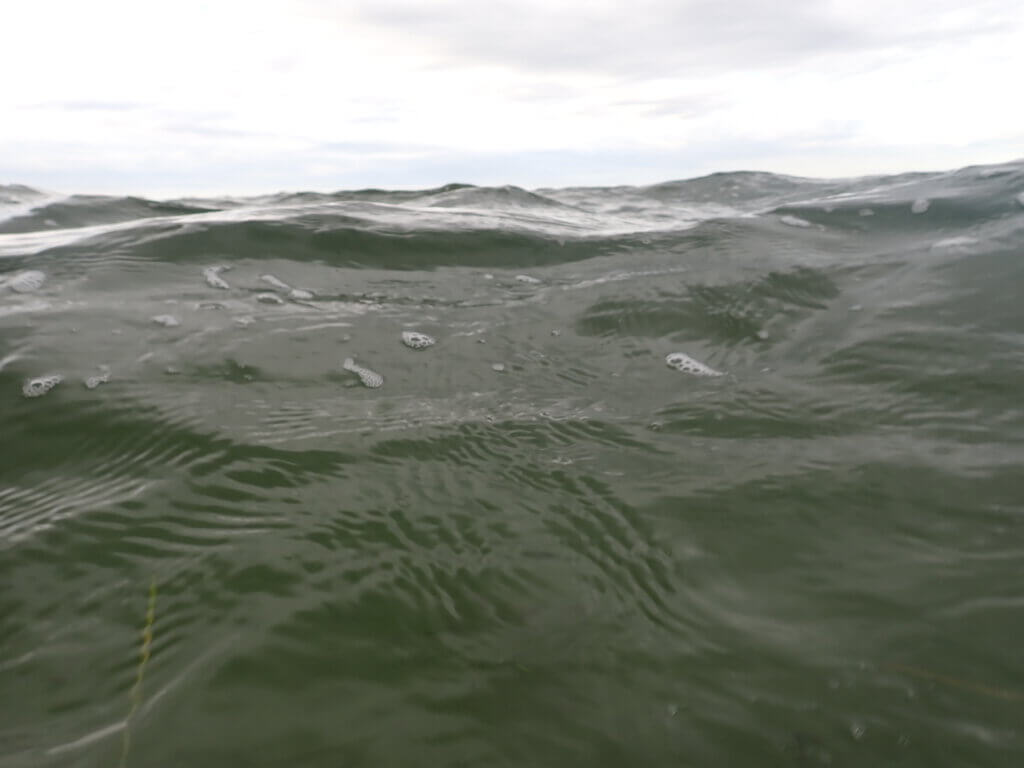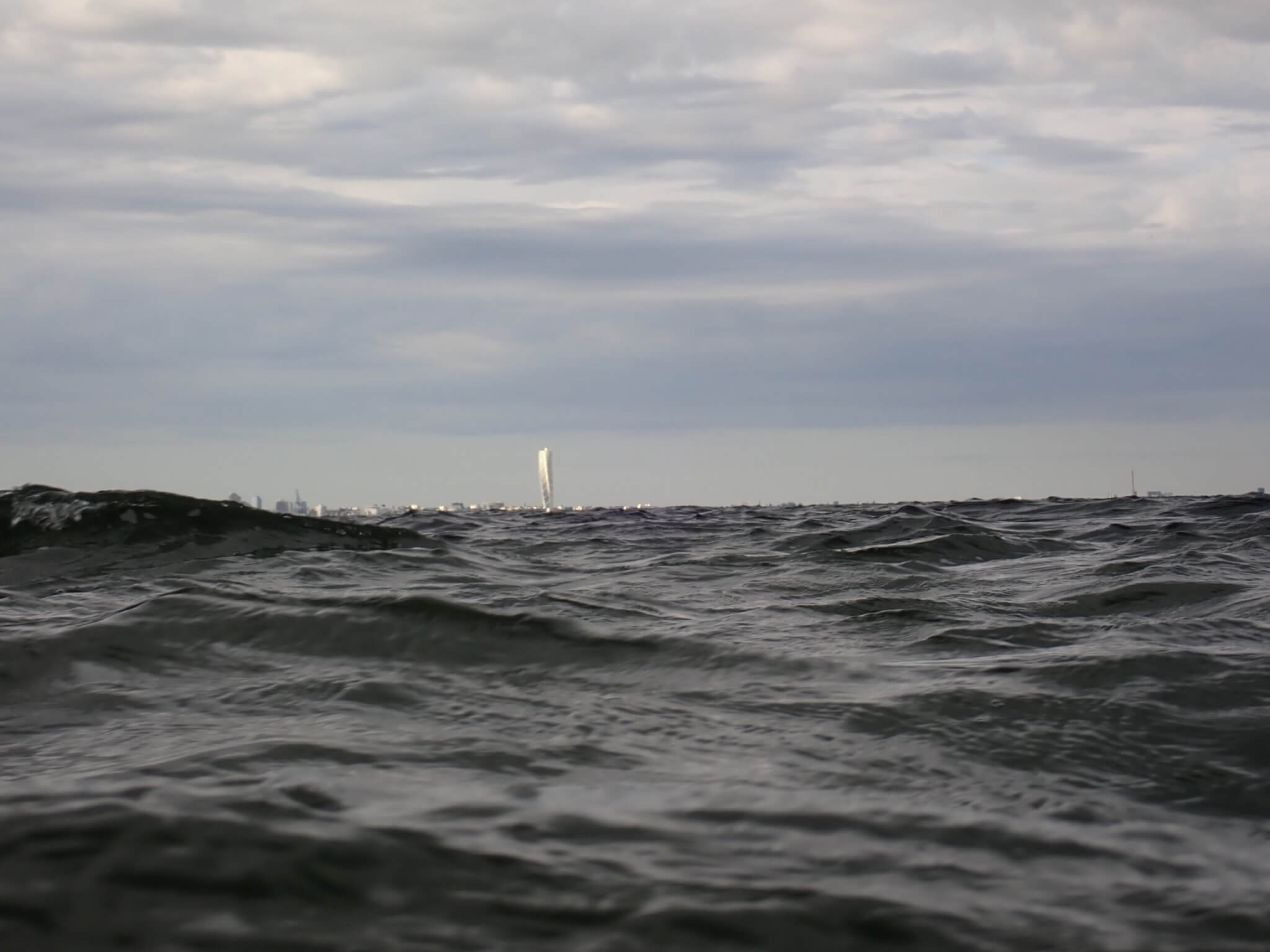
Notes on a presentation by Deslauriers on “The Illusion of Learning, What to Do About It, and How AI Can Help”
The STEM Education Research Centre at the University of Bergen had a really interesting presentation today (and the sketchy internet connection was more than made up for by all the kind people in the room that started streaming it from different angles!): Louis Deslauriers on “The Illusion of Learning, What to Do About It, and How AI Can Help“.
First, Deslauriers gave an overview over active learning (it is happening more and more everywhere) and that there are different ways of understanding it (as we also discuss with our co-creation ladder). There are the low-threshold ways, like using clickers, which need only very little expertise and little to no training. Or even easier: stop every 3-5 minutes for 30 seconds, so students can process information!
But then there are other methods that do need training, or a lot more thought anyway. For example, students could work 5-10 minutes on an activity until the teacher interrupts them and tells them how expert thinks about it, and then moves on to the next topic. This way, students would be primed for lecture, and it is not about finishing the activity!
To make his point about the usefulness of active learning, Deslauriers referred back to two classic articles:
First, Deslauriers, Schelew, Wieman (2011) on “Improved learning in a large-enrollment physics class“. This is the paper in which there are two sections of same course taught in different ways: one as traditional lecture by an “experienced highly rated instructor“, the other one using active learning and run by a “trained but inexperienced” instructor. I didn’t realise before that Deslauriers was the latter (even though it is clear from the article, but when the article first came out, I did not make the connection with later articles (obviously!), and I guess I never went back to actually read it carefully!). In any case, they find a clear improvement for the entire student population when they use active learning, over the entertaining lecturer.
Next, Deslauriers et al. (2019) on “Measuring actual learning versus feeling of learning in response to being actively engaged in the classroom“, which I summarise here as even though students in the active classroom learn more, they feel like they learn less. Which is a troubling finding with regards to how many course evaluations are done, but it is also a really useful result to show students when talking about how they should approach active learning, and that “desirable difficulties” are what makes learning effective.
One question that was asked in the chat but unfortunately not answered during the meeting was about how much measurements of learning directly after instruction can tell us about actual learning. I think that is a very valid concern — processing and learning takes time, so students might be able to do something days or weeks after instruction that they might not have been able to do minutes after; and of course they might also be able to recall something from short-term memory right after that might be gone the next day — and it would have been super interesting to hear Deslauriers respond to that question!
But now on to how AI can help learning. This is when the connection dropped repeatedly, so I might have missed important parts, but in a nutshell, he recommends an AI tutor, and, what I found really interesting, an AI backchannel — hundreds of students are asked to simultaneously ask questions about the current topic, and the AI then finds themes and generates one (or more) representative questions, which the instructor can then take up and explain. In his experience, a LLM does a really good job with this tasks in seconds, and it would take an expert 2 hours to do the same.
Having written an article about the surface-level plausibility of GenAI working with qualitative data (Glessmer & Forsyth, 2025), I can imagine that the results look surprisingly good, and of course they are generated incredibly fast. But then this has to be balanced with the students knowing that no human is actually looking at their question, and the signal that sends about how much they matter as individuals. Seeing that asking the question is a good thing for their learning in itself, like a mini “muddiest point“, this might be a good thing to try!
But in any case, very interesting talk!
Deslauriers, L., Schelew, E., & Wieman, C. (2011). Improved learning in a large-enrollment physics class. science, 332(6031), 862-864.
Deslauriers, McCarty, Miller, Callaghan, Kestin (2o19). Measuring actual learning versus feeling of learning in response to being actively engaged in the classroom. Proceedings of the National Academy of Sciences, Sep 2019, 16 (39) 19251-19257; DOI: 10.1073/pnas.1821936116
Glessmer, M. S., and Forsyth, R. (2025). “Superficially Plausible Outputs from a Black Box: Problematising GenAI Tools for Analysing Qualitative SoTL Data”. Teaching and Learning Inquiry 13 (January):1–9. https://doi.org/10.20343/teachlearninqu.13.4
And now on to some wave watching pics! Turning Torso behind the waves…
And again!
You might think that I would get bored of waves eventually, but you would be wrong!
They look different every single second!
How can there be so many tiny structures on so many large structures?


